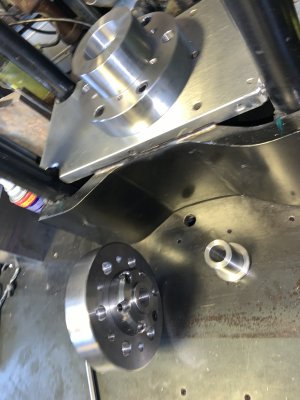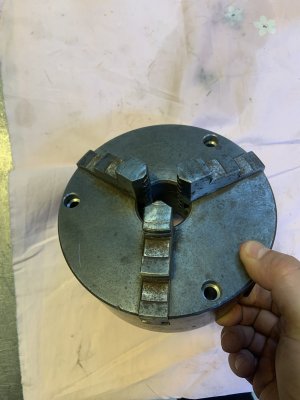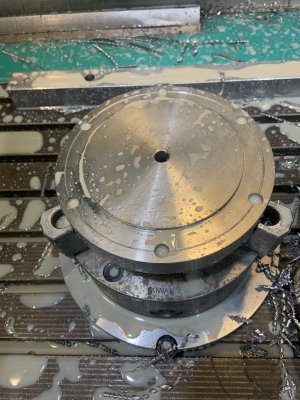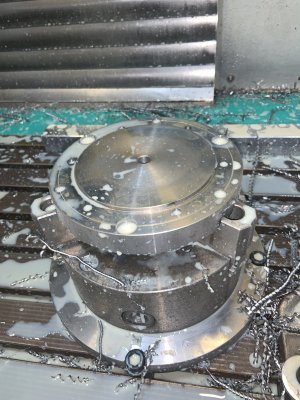a smile
Lifelong hobby - cold iron
Recently, I am busy and have little time to take a walk in the forum.
When I have difficulties in the processing of hexagonal or other polygons with inner holes, I think I can try hot stamping. So purchased a car maintenance side of the hydraulic press rack. Nominal 100T, I will not calculate, but I will check the relevant information. Here are some pictures
The chain crane installed earlier allowed me to unload heavy loads easily.





Received it an hour ago today. Can't wait to press the pipe.
When I have difficulties in the processing of hexagonal or other polygons with inner holes, I think I can try hot stamping. So purchased a car maintenance side of the hydraulic press rack. Nominal 100T, I will not calculate, but I will check the relevant information. Here are some pictures
The chain crane installed earlier allowed me to unload heavy loads easily.
Received it an hour ago today. Can't wait to press the pipe.




